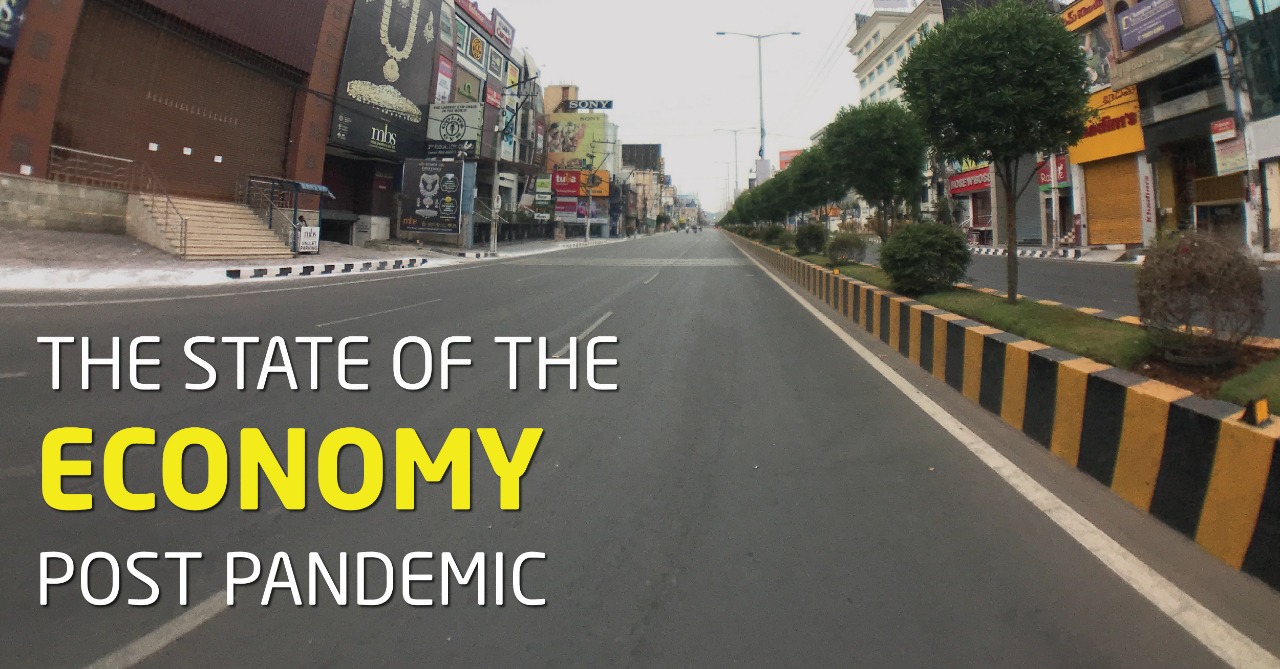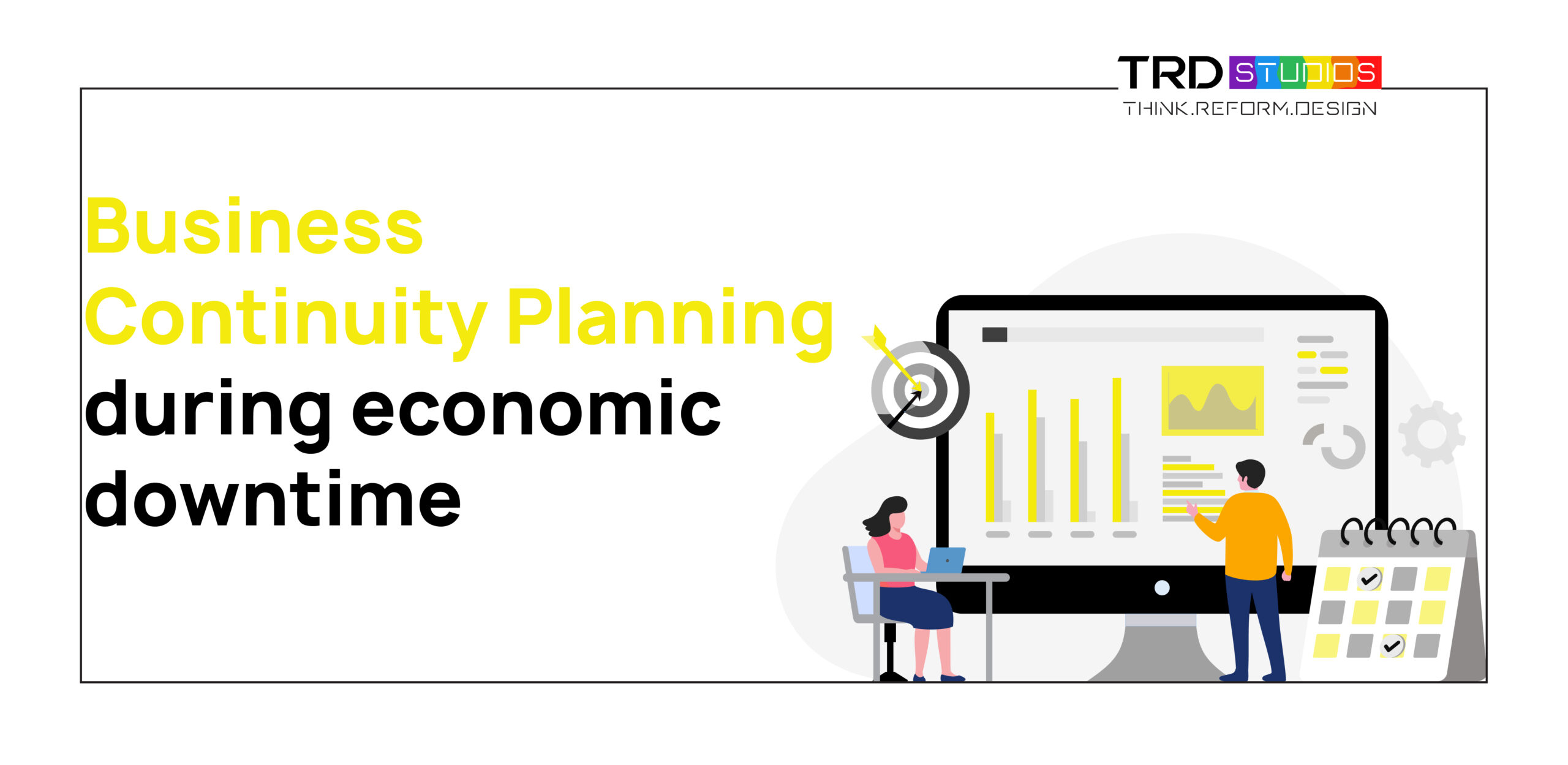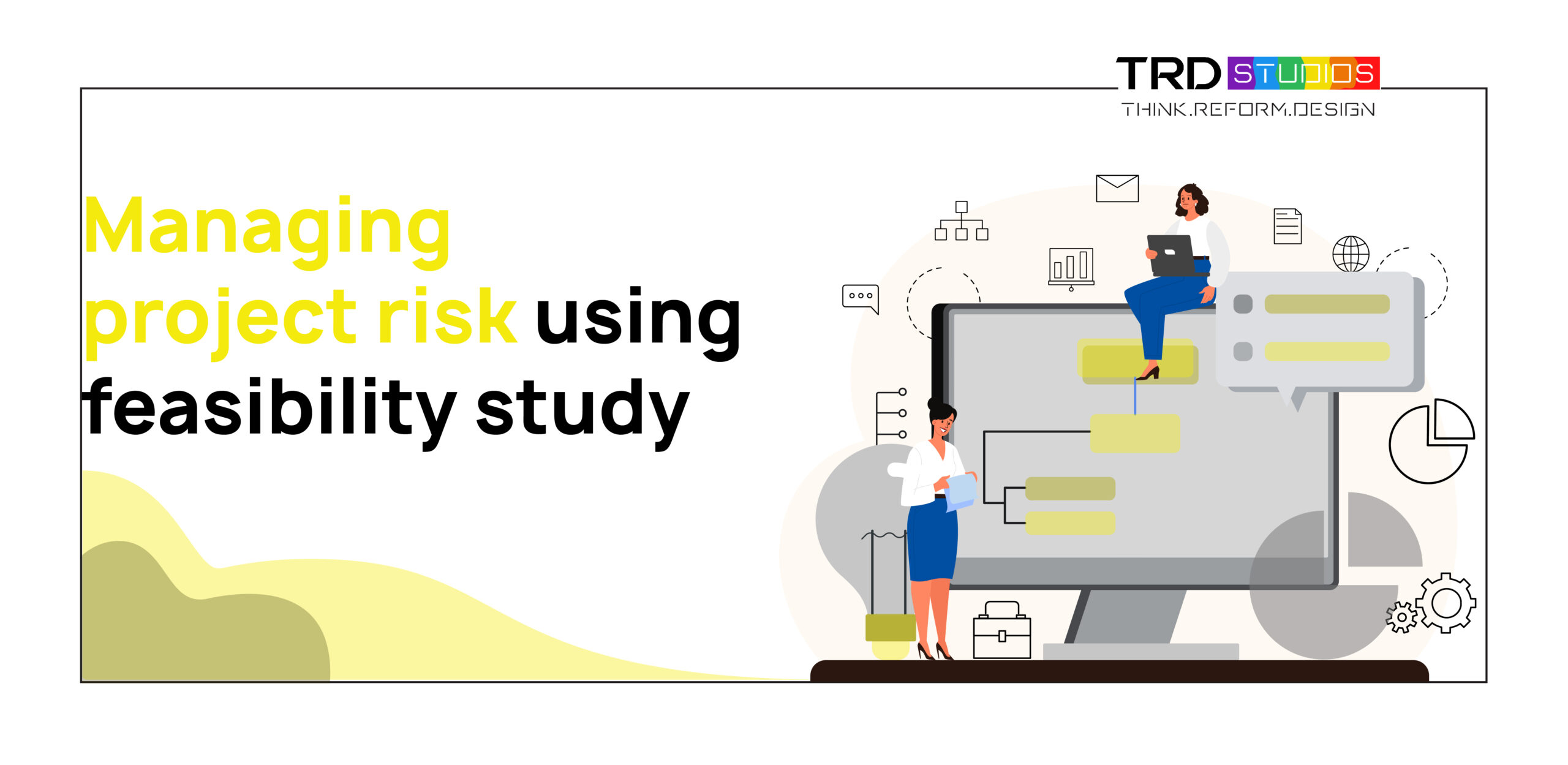At the stroke of midnight on August-15-1947, India regained its political, economic and social freedom. Ever since we have seen every elected government struggling hard to uplift the nation as an economic power. Today, India is the world’s 5th largest economy and it took 72 years to get there. But, with COVID-19 impacting lives and challenging the social lifestyle, both the Indian and the World economy are going to undergo a massive shift. The world is now witnessing Darwin’s principle of evolution. This pandemic will bid goodbye to the existing economic status quo and ensure that survival is the only priority for all.
How do we reform and emerge strong out of this?
You and I have no fool-proof solution to this, but we can minimise the damage if we can predict the possible outcomes and at the same time have a crisp understanding of the emerging journey.
REWINDING THE MERITS AND DEMERITS
The health of any economy can be measured based on factors like GDP, unemployment rate, inflation rate, repo rate and more. In the past couple of years, inflation in India, by and large remained stable with 2019 recording the lowest inflation rate. After 2014, price stability was attained to a great extent for which the subdued crude oil prices deserve a significant credit. The price stability, measured by inflation, is evident by the contained CPI based inflation rate that hovered closely around RBI’s target of 4% (±2%). With this achievement, the last 5 years witnessed a couple of major reforms with mixed responses across domestic and international policymakers and economists. We intend to further discuss few of such impactful reforms.
Demonetisation
On the 8th of November, 2016, the Indian government announced demonetisation. A decision that is still not appreciated by a majority of Indians. 66% see it as a factor that had a negative impact. The decision was taken to counter corruption, terror funding and hoarding of black money. After the implementation, the unorganised sectors that were mainly driven by cash had seen a tremendous blow. This sector contributes ~92% to employment, ~40% to GDP and thus, cannot be ignored. The economies of scale and operational efficiency were disturbed due to the lack of cash availability. Price instability, rise in inflation, were the by-products of this event. This later affected the organised sector and led to slowdown in the Indian economy. Demonetisation had a major contribution towards the fall of GDP and the effects are faced till today.
In contrast to the disadvantages, there are some lesser known facts of Demonetisation. It enabled the economy to shift towards a Digital or Cashless economy. Money flow have become more transparent and accountability of all stakeholders have increased. This can help the government to come up with well-informed policies that can benefit the country.
Goods and Service Tax
The Goods and Service tax (GST) is considered to be one of the biggest tax reforms of the country. This was started to subdue many indirect taxes, benefit small scale business, and benefit e-commerce. The unorganised sectors are now regulated under GST. With GST, the VAT for companies with an annual turnover of more than 5 Lakhs got eliminated and the margin changed to 20 Lakhs. Despite its advantages, GST paved the path to many operational challenges. Most of the firms were not compliant and they had shut down due to mishandling of GST. This, in turn, contributed to economic slowdown.
Price Stability
Price stability, Economic growth, employment are the key indicators of a prosperous and stable nation. India is heading to join the 5 Trillion U.S Dollar club. Increase in inflation leads to reduction in demand which then facilitates unemployment due to lack of production. Proper measures should be taken to prevent this vicious cycle. Agriculture, Industry and Services are interdependent and downfall in one among these could easily affect the other two. Service Industry contributes more than 50% to the Indian Economy. Unstability in the service Sector can cause disturbance in the Industrial sector and this will damage the Production/ Agriculture sector. Fortunately, India has had a stable price index from 2018 to until recent.
AFTER THE PANDEMIC
How puzzled are you about the situations that will be created after the pandemic? How many of us are not worried about the bills that are to be paid after 3 months? Have no clue about your personal finance? We are all together in these worries.
But we might also have something big that is still unforeseen. What could it be? Well, the focus is still on survival and winning over COVID-19. The time period of this virus, the exact number of the lives in danger, the lockdown period and the relapse of the disease are all still mystery and it is not astonishing for the experts and the major sectors to be uncertain.
On studying the present situation, one can clearly analyze the rise in panic buying. This will lead to an increase in the price index. When the crisis is on a huge scale and the duration is unpredictable, the consumer becomes conscious of their expenditure and immediately eliminates or postpones the spend on non-essential items. Electronics, auto spares, logistics, constructions, industries or sectors that need large capital and can generate significant revenue are at a halt and the repercussions are expected to be very much unfavorable. As per IMF prediction, the Indian economic growth can reduce to 2%. The government buckled up for the next three months. Moratorium of credit instruments including EMI and loans for the next three months happens to be a bold move. The decision is absolutely best for the current situation as it helps to keep the demand and consumption alive. For a nation to sustain after this crisis, the demand shouldn’t dry out and consumerism should be seen as the top most concern. The small sectors shouldn’t be permanently affected and this is one way to give a ray of hope. The schemes like Gareeb Kalyaan, Free cylinder distribution and direct cash transfers to farmers are all evidences of reforms for survival. The government is working hard for the benefit of affected individuals, frontline workers, doctors with an insurance coverage of 50 Lakh. But, how efficient can the country be after 3 months? Can this end within 3 months? If the situation doesn’t improve, can the moratorium continue after 3 months are questions that will keep haunting us. So, what next?
FOCUSING ON THE UNORGANISED
Monitoring and stabilising this sector can be of great help to the nation. As this always contributed a huge percentage to GDP, it would be better if the government can overcome the three lags- Recognition lag, Administrative lag, Implementation Lag. The recognition lag is the time it takes for the authorities to discover the need to make a change in economic policy. Administration lag can be filled by identifying required skill sets, providing adequate resources, funds and having alternative backup, if needed. The ideas or strategies must be properly executed. Else, it can lead to Implementation lag.
CONCLUSION
After the survival phase, the growth phase begins. The government has to make sure that we aren’t growing jobless. A dearth of jobs in the market will become a huge hindrance to India actually entering the growth phase. Unemployment opens the door to chaos and poverty. The government has to ensure that the jobs are generated and economic growth happens hand in hand. A special committee can be assigned to minimise unemployment and create new jobs to various classes. Inflation is expected but would be advisable if it is at its minimal. It is time for organisations or brands to pivot, give a new identity, get innovative and reshape accordingly. At this point of social breakdown, a control on mis-information, education of the public on economy and special shows on economic structures can help prepare the population face the new reality post- pandemic.




